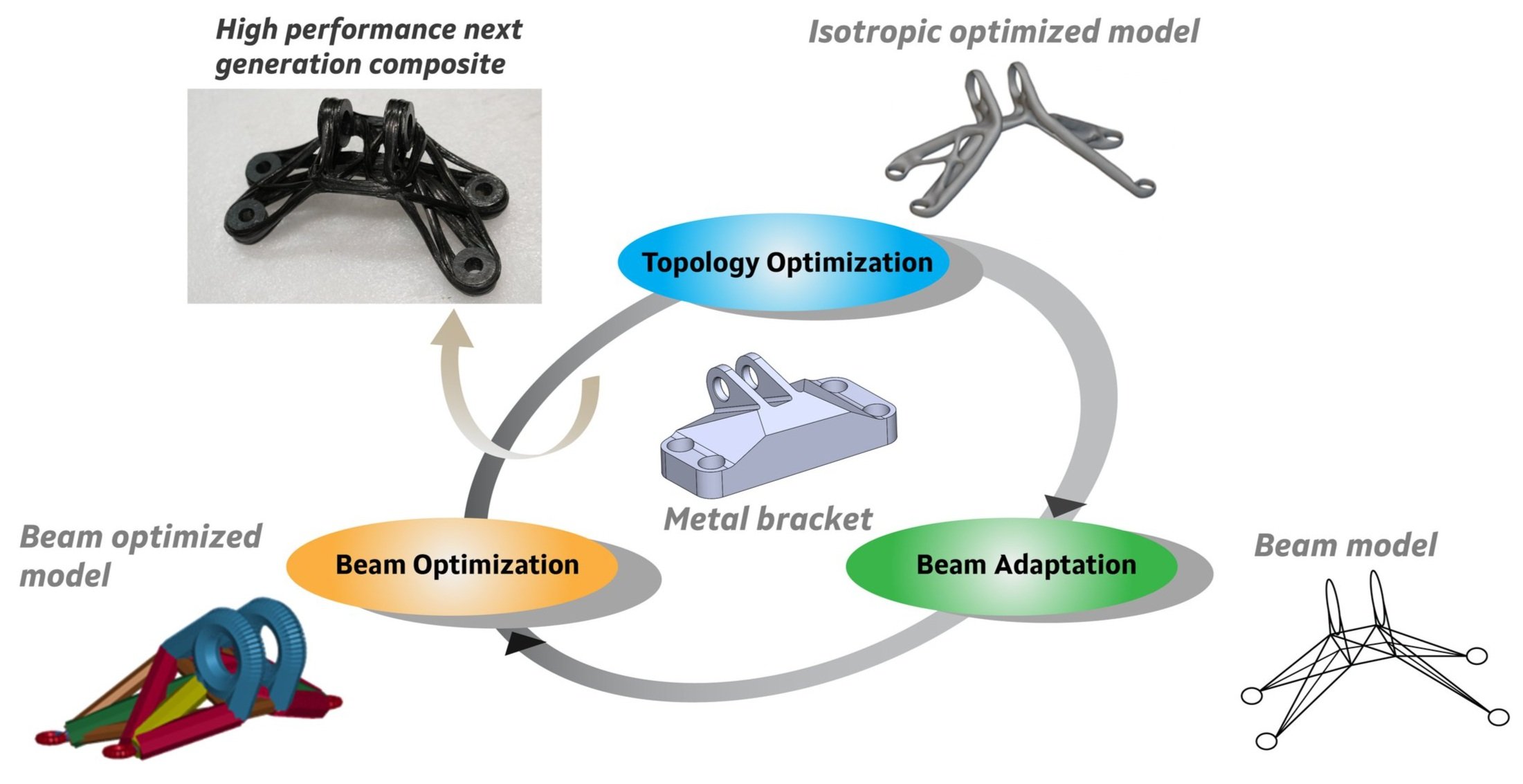
Introducing aerospace bracket of the future!
3DFiT made composite bracket possible
CarbonForm 3DFiT unlocks a new era of aerospace composite brackets: lighter, stronger, and mold free.
3D Fiber Tethering (3DFiT) enables the direct placement of continuous carbon fibers along load paths, producing monolithic brackets without joints, molds, or machining faster, cleaner, and built for flight.
Traditional aerospace engine brackets are typically machined from solid metal blocks
Excess weight that reduces fuel efficiency and increases emissions
Complex multi-part assemblies that require fasteners or bonding
High material waste (up to 90% in subtractive machining)
Long lead times for tooling, fabrication, and post-processing
Our 3D Fiber Tethering (3DFiT) offers
Printing monolithic composite brackets with no joints or fasteners
Steering continuous carbon fibers along optimized load paths in 3D space
Enabling topology-optimized designs for anisotropic fiber 3D architectures
Eliminating molds or machining for faster product design and production
A remarkable 93.5% weight reduction was achieved !

